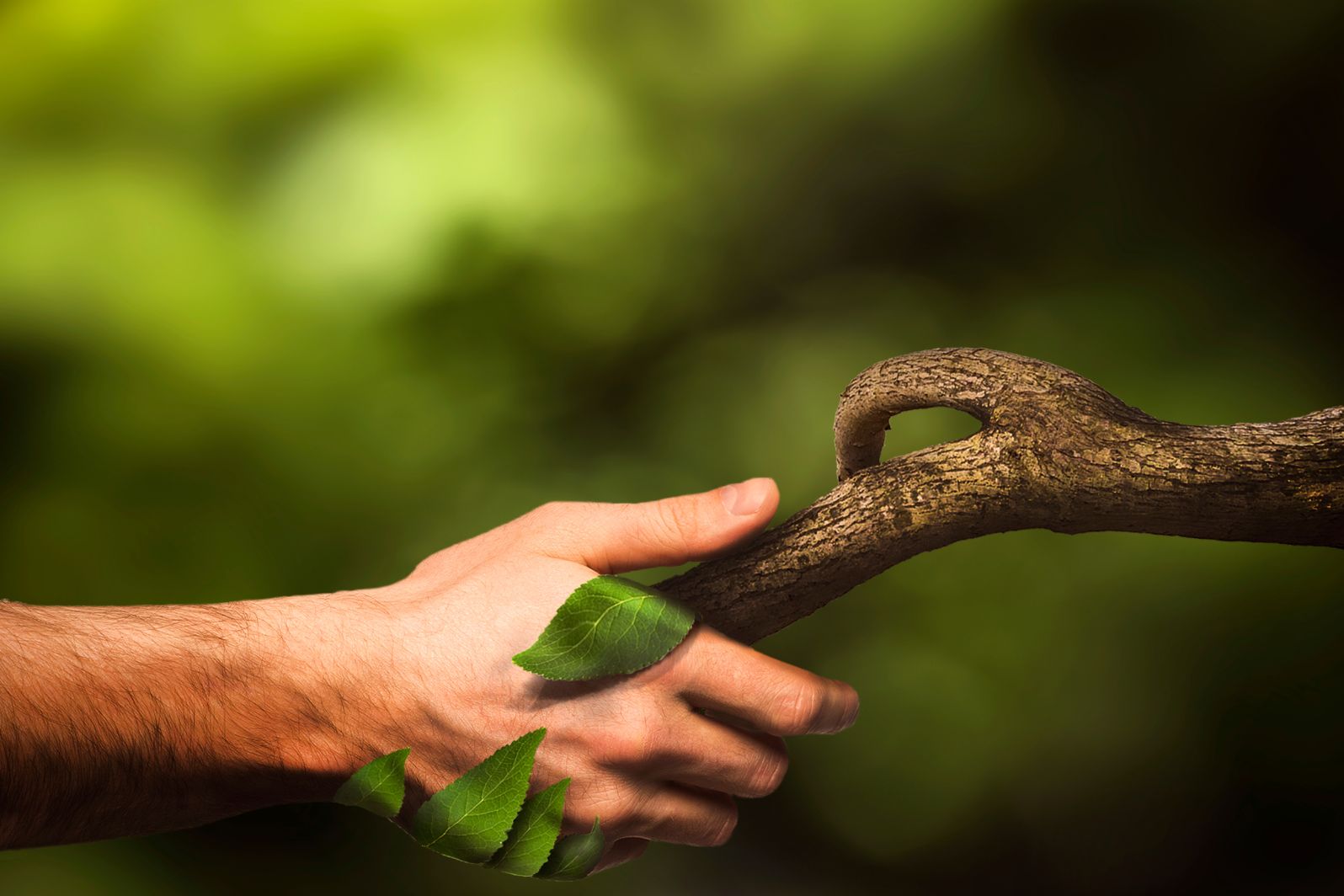Across communities, people are finding meaningful ways to honor loved ones and preserve memories through nature. Planting trees, restoring habitats, and creating green spaces have become lasting tributes that extend far beyond a single generation.
Here’s how local initiatives are playing a central role in connecting personal remembrance with environmental stewardship, ensuring that both people and places benefit.
Table of Contents
The Growing Connection Between Memory and Nature
For many, nature offers a sense of peace and continuity. A single tree can stand for decades, growing and thriving as a living representation of someone’s life and values. Local initiatives have tapped into this symbolism, making it easier for communities to blend memorials with conservation projects. By engaging in these efforts, individuals are not only remembering loved ones but also contributing to the health of the planet.
Local parks, urban greening programs, and grassroots environmental groups have embraced the idea that legacies can take root in the soil. These projects are often supported by volunteers and local governments, creating a collaborative approach that strengthens both ecological resilience and community bonds.
Community-Led Tree Planting Programs
One of the most visible ways local initiatives honor memories is through tree planting programs. These events invite residents to plant trees in public spaces or designated memorial areas, often accompanied by ceremonies or commemorative plaques. In addition to offering a meaningful outlet for remembrance, these programs provide measurable benefits to the environment.
Trees improve air quality, provide shade, and offer shelter to wildlife. They can also help manage stormwater, reduce urban heat, and increase biodiversity in cities and towns. This blend of emotional significance and practical environmental value has made tree planting a preferred choice for many memorial projects.
Partnerships That Strengthen Impact
Local initiatives often gain momentum through partnerships. Schools, environmental nonprofits, faith-based groups, and neighborhood associations work together to organize events and secure funding. Some programs partner with regional conservation agencies or forestry departments, which provide technical expertise and access to native tree species.
These collaborations ensure that planted trees are well-suited to their environments and have the best chance of survival. They also make it easier to track progress and engage more people in ongoing maintenance, reinforcing the idea that memorials are living commitments rather than one-time gestures.
A Personal Way to Give Back
Planting in memory of someone is a deeply personal act. It provides a tangible connection to the past while giving back to the community. For those who cannot participate in a local planting, there are national and online options that contribute to larger reforestation efforts. For example, individuals can plant a tree in memory through trusted organizations that plant in forests and restoration areas.
These broader programs allow people to support environmental health while honoring loved ones, even if they live far from where the trees will grow. In both local and national contexts, the symbolism remains powerful.
Expanding Beyond Trees
While tree planting is a popular choice, some local initiatives take a broader approach to nature-based memorials. Community gardens, wildflower meadows, and pollinator habitats are increasingly being dedicated in honor of individuals. These spaces provide seasonal beauty, food for wildlife, and opportunities for people to gather in remembrance.
Restoration projects along rivers, wetlands, and coastal areas also offer ways to tie memory to conservation. Such efforts can have a lasting ecological impact, helping to protect vulnerable species and natural resources.
Why Local Initiatives Matter
Local initiatives make it easier for people to take part in creating a lasting legacy. They provide structure, support, and access to land or resources that individuals might not have on their own. They also keep the focus on the community, ensuring that memorials contribute to shared spaces and benefit neighbors for years to come.
The beauty of rooting legacies in nature lies in their enduring presence. Whether through a tree in a neighborhood park, a bench beside a wildflower field, or a restored stretch of wetland, these initiatives remind people that memory and nature can grow together. As each season passes, the tribute becomes more vibrant, standing as a testament to the life it honors and the environment it supports.


